How 3D Printing changing the medical field
April 11, 2018 6:21 pm
Things one must know what changes 3D Printing is bringing in the healthcare industry
With the ever growing demands of the healthcare industry, Additive Manufacturing aka 3D Printing provides compelling solutions to battle the needs. At its core 3D Printing is building of successive layers of material to form an object with computer guidance. The applications of 3D Printing range from manufacturing of personalised products to enabling compression of the supply chain resulting in cost reduction and shorter lead times, for various sectors. However, here we discuss the numerous ways 3D Printing is changing the medical field.
From healthcare to manufacturing: 3D Printing is all set to grow
Atit Kothari, Business Development- Leadership Team, Imaginarium India Pvt Ltd, says, “The medical and healthcare vertical represents one of the strongest markets for application of 3D Printing. In addition to providing solutions for stock items such as hip and knee implants, it is being used to manufacture bespoke patient specific solutions such as hearing aids, orthotic insoles for shoes, personalised prosthetic devices and one-off implants for patients suffering from diseases such as osteoarthritis, osteoporosis and cancer, along with accident and trauma victims.”
Ability to produce items cheaply
Kothari believes another important benefit offered by 3D Printing is the ability to produce items cheaper. He explains, “Traditional manufacturing methods remain less expensive for large-scale production; however, the cost of 3D Printing is becoming more and more competitive for small production runs. An added advantage to mass customised solutions is aesthetics. The social stigma attached with medical conditions, deformities or injuries can cause uncomfortable situations for patients. With mass customisation, aesthetics is a relative effect helping patients fight prejudices and lead a normal life.”
Role of 3D Printing in the era of Industry 4.0
Kishan Kamani, Technical Director, Fibrox 3D Printing Solutions, says, “3D Printing is a technology that playing a vital role in fourth industrial revolution. Specifically in medical field it is very useful in many segments like – doctors are doing pre-surgical planning, by choosing the right sized standard implant, by practicing on the implant before surgery, by forming and cutting the implant for the specific patient. This all lead to minimum OT time and cost of the treatment.”
He informs, “By 3D Printing technology doctors are able to design and print patient specific implants. In dental Segment doctors are preparing patient specific aligners, this will decrease the time line of treatment.”
Ways on how 3D Printing will change the world
Vishal R. Jariwala, Co-founder and Chairman, J Group Robotics, points out few ways on how 3D Printing will change the world:
3D Printed prosthetic
As soon as 3D Printing began to take off people were quick to see the opportunity for creating amateur prosthetics for their pets – from puppies to geese, and even tortoises. Unlike for humans, there was no mass-supply chain of prosthetics for pets. But mass-supplied prosthetics are likely to be a thing of the past as 3D Printing is increasingly used to manufacture prosthetics that are exactly tailored to a patient’s needs. For example, with hip replacements, surgeons have to cut and ream a patient’s bone to fit the prosthetic, but in the future it will be normal to 3D Print a prosthetic to fit a patient.
Customised medical implants
Thousands of 3D Printed replacements for bony body parts: knees, hips, ankles, parts of the spine, and skull, are implanted every year, and the future holds more promise with 3D Printed patient-specific parts. Although not generally approved by the food and drug administration, some have taken place under FDA’s emergency clearance process.
Body organs
While an entire organ has yet to be successfully printed for practical surgical use, scientists and researchers have successfully printed kidney cells, sheets of cardiac tissue that beat like a real heart and the foundations of a human liver, among many other organ tissues. While printing out an entire human organ for transplant may still be at least a decade away, medical researchers and scientists are well on their way to making this a reality.
Cancer research and treatment
In the same way that tissue and types of organ cells are being printed and studied, disease cells and cancer cells are also being bioprinted, in order to more effectively and systematically study how tumors grow and develop. Such medical engineering would allow for better drug testing, cancer cell analysing and therapy development. With developments in 3D and bioprinting, it may even be a possibility within one’s lifetime that a cure for cancer is discovered.
Dental sector
At first, 3D Printers were just used to make some components used in final restorations. Today, 3D Printers uses tend to develop toward final products, which would be the future ultimate goal of 3D Printing in the dental sector. Still, in order to reach this goal, 3D Printing materials should significantly improve in terms of durability and nature.
In the future, one might have the possibility to go to the dentist to have a provisional restoration, directly shaped from one’s mouth with Zirconia material.
Affordable 3D Printed medical devices
One should not underestimate the portability of some 3D Printers. This means that the technology can be deployed even in poverty-stricken areas of the world. This flexibility helps the medical teams over there to 3D Print every tool they need and cannot afford with traditional manufacturing means. After the earthquake in Haiti, Field Ready continued its journey in using this layer-by-layer technology to create medical supplies to improve the health care for people who live in remote areas in Nepal.
Vishal informs, “Some small villages didn’t have the medical access as they had a terrible road infrastructure in which it was hard to reach. Field Ready manufactured some of the medical devices such as otoscopes, tweezers, forceps and stethoscopes using a 3D Printer in order to give small villagers a medical check-up. Through 3D Printing, the tool can be made directly in the field which is faster and less expensive.”
Latest 3D Printing solutions in the medical field
3D Printing: Innovation in healthcare
Swapnil Sansare, CEO and Founder, Divide By Zero Technologies, says, “Right from idea of 3D Printed organs to printing bone replacements technology is evolving and many organisations and individuals are contributing to drive utilisation of 3D Printing in medical industry.”
He adds, “3D Printing mock operation models and robotic surgery 3D Printed jigs is done widely now and accepted by medical industry.”
3D Printed Titanium bone implants and support plates for accidental cases or cranio facial surgeries have grown in numbers due to ability of titanium 3D Printed porous tissue graftable structure to cause minimum inflammation.
Sansare informs, “Sooner or later tissues 3D Printing will conclude towards organ 3D Printing the question is when and who.”
Bringing patient specific solutions and surgical guides
Imaginarium life is dedicated to bringing patient specific solutions with the best of 3D technologies in practice. Customised or patient specific implants and surgical guides along with surgical planning models, dental and hearing aid solutions are at the forefront for the company. Kothari from Imaginarium explains, “With personalised implants or prosthetics, such as those used for spinal, dental, or craniomaxillofacial disorders the fit is so perfect that there are no modifications required during surgery. This results in shorter operating time reducing anesthesia time and hence helps with a faster recovery. 3D Printed implants are biocompatible and can be customised precisely as per the patient’s needs.”
Kothari adds, “Surgical guides on the other hand are cutting blocks or drill stents used to make accurate cuts and incision on the anatomy, are used in orthopedics and CMF/OMF widely. Patient-specific cutting guides offer several potential benefits, including reduced surgery time, increased efficiency in case preparation, decreased blood loss and improved outcomes secondary to improved component alignment. Furthermore, Imaginarium efforts will be focused on innovations in the patient specific solutions arena.
Fibrox offers Fx-550 machine
Kamani notifies how Fibrox 3D Printing offers service and machine to help this field.
• Fibrox is 24×7 ready to meet any challenges given by doctor to design and print any implants.
• As a manufacturer of 3D Printing machine Fibrox offers Fx-550 machine which is suitable for doctors and hospitals to develop 3D Printing lab facility in-house.
• Fx-550 is industrial grade FDM 3D Printer, this machine is designed for accuracy and speed, while talking about BIG FDM machine there is only one constrain for every FDM Machine in the world is time.
• The company is using LM and Ball screw mechanism to drive the machine and using custom made tools head for higher flow rate of material, so one can get the 3D Print accurate and in unbelievable time.
• The bed size of this machine is 550 x 550 x 550 mm so one can print bigger part. Tool head of this machine is designed such a way that one can print any material including PEEK; PEEK is medical grade bio-friendly material. For any medical application it is preferable to use PEEK material.
VICTREX 450 G PEEK Natural Medical Grade Filament
J Group Robotics can print VICTREX 450 G PEEK Natural Medical Grade Filament and claims to be the only company which can print this on DELTA HC 666 3D Printer.
Specialisation of VICTREX 450 G PEEK Filament:
• Patients are aging, staying active longer and demanding more from doctors, a wider range of treatment options are needed to address in shifting patient demographic and attitudes.
• Concerns over complications associated with metal implants and growing, clinicians are increasingly seeking proven alternative materials to overcome metal related issues.
• Pricing pressure and competition are increasing as resources become scarcer, medical manufacturers are seeking streamline designed. Manufacturing regulatory and supply-chain solutions that achieve more with less.
Recently, the company has supplied Delta HC 250 3D Printer to Armed Forced Medical College, Pune for surgical operation on live prototype, dental and oral operations, medical and healthcare. Vaibhav R. Jariwala, Co-founder & CEO, J Group Robotics, informs, “We made medical prosthetics in very low cost, human heart direct to the CT-Scan Data, medical devices (drug delivery system) etc. We also made a sample of 3D Printed pills or medicine successfully.”
J Group Robotics has collaborated with CIPLA and ZIM LAB, for many medical research projects. In future, J Group Robotics plans to launch Micro-dispensing 3D conformal systems and laser micro printing machine, which can print from computer aided design (CAD) to a tangible 3D object, is the norm now for medical product development and testing.
Delta HC 666, Delta HC 500 and Delta HC 250 3D Printers
However Vaibhav explains, “J Group Robotics provides Delta HC 666, Delta HC 500 and Delta HC 250 3D Printers, specially designed for medical grade printing and operational processes, low cost prosthetic’s and implants printing, scull prototyping, dental and oral operational and direct usable printing, printing of medical devices, 3D Printed pills or medicine, healthcare, hearing aid, 3D Printed plaster and many more medical applications.”
A case study
How 3D Printing helped in the exact imaging of the deformed skull
To combat all the drawbacks presented by the current imaging techniques, 3D Printing was applied as the solution to get a scaled replica of the deformed skull. Sansare from Divide By Zero Technologies, explains, “The procedure of having the skull 3D Printed and the challenges that were faced.”
The procedure
• The deformed skull underwent CT scan imaging. These images were converted into a 3D file.
• The 3D files were post-processed to get rid of the noise, for the print to be error-free.
• The file was 3D Printed.
• Mock surgery was performed on the replica of the patient’s deformed skull.
The challenges
The noise in the 3D file
One of the primary challenges was to do away with the noise from the 3D file from the CT scan imaging. The noises in the file may have resulted in erroneous or irrelevant printing.
Solution
Post-processing on the 3D files got rid of the noise. The file before the noise is depicted on the left-hand side and after processing, the actual image that is to be printed is seen in the figure on the right-hand side.
Long print time interrupted by power cuts
The estimated total printing time was about 9 hours. This wouldn’t have been a problem in itself, except due to the frequent power cuts in Pondicherry; it was a problem to continue printing. The 3D Printer would have restarted at the beginning.
Solution
An auto resume code was developed to tackle this issue. This would help the 3D Printer to start off at the point it was printing last. Thus after every power cut, the printer would simply resume the printing where it had halted before the power cut.
The thickness of the wall
FDM/FF can print as thin as 1 mm. However, given the age of the patient, the deformed skull was of 0.7 mm thickness. The challenge here was to print something thinner than the permissible limit.
Solution
A special 0.2 mm (200 microns) nozzle was conceived and developed in order to achieve the skull wall thickness as low as 0.7 mm. With the new nozzle, the lowest thickness of the printing could be 0.4mm.
The final product of the 3D Printing
After curbing the obstacles and resolving the aforementioned challenges, the 3D Printer was engaged in the actual printing, based on the processed 3D file from the CT scans. The 3D file image can be seen on the left-hand side, while the actual finished product is seen in the image on the right- hand side.
Final steps
After the deformed skull was 3D Printed to the precise scale and thickness, mock surgery was performed in order to determine the actual plan of action for the patient.
Current scenario
The patient was operated on the 1st of October for craniosynostosis, and she is now recovering and doing fine with regards to her cranial condition.
The medical and healthcare vertical represents one of the strongest markets for application of 3D Printing.
Atit Kothari, Business Development – Leadership Team, Imaginarium India Pvt Ltd
Fibrox offers Fx-550 machine which is suitable for doctors and hospitals to develop 3D Printing lab facility in-house.
Kishan Kamani,Technical Director,Fibrox 3D Printing Solutions
Today, 3D Printers uses tend to develop toward final products, which would be the future ultimate goal of 3D Printing in the dental sector.
Vishal R. Jariwala,Co-founder and Chairman,J Group Robotics
J Group Robotics can print VICTREX 450 G PEEK Natural Medical Grade Filament and claims to be the only company which can print this on DELTA HC 666 3D Printer.
Vaibhav R. Jariwala,Co-founder & CEO,J Group Robotics
Cookie Consent
We use cookies to personalize your experience. By continuing to visit this website you agree to our Terms & Conditions, Privacy Policy and Cookie Policy.



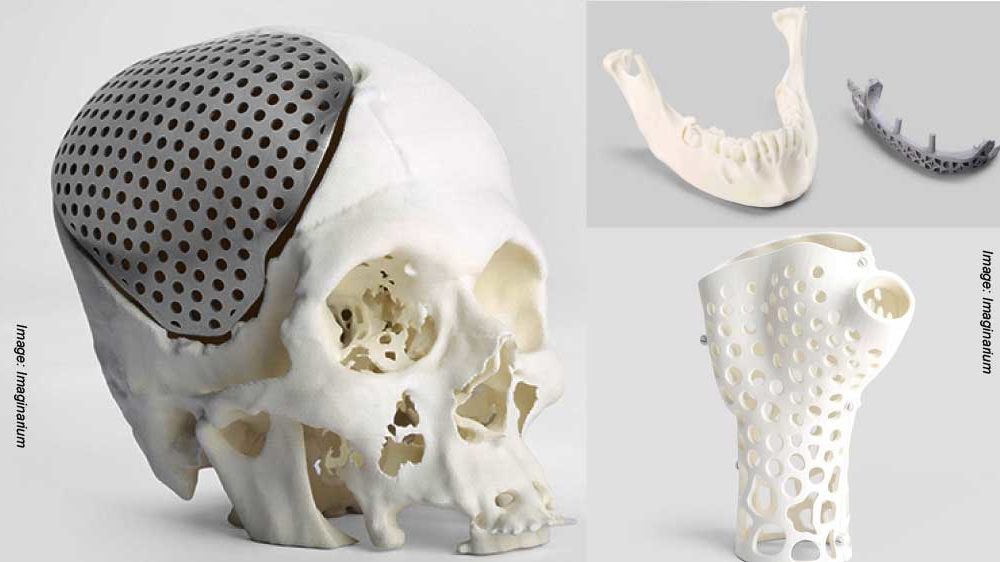

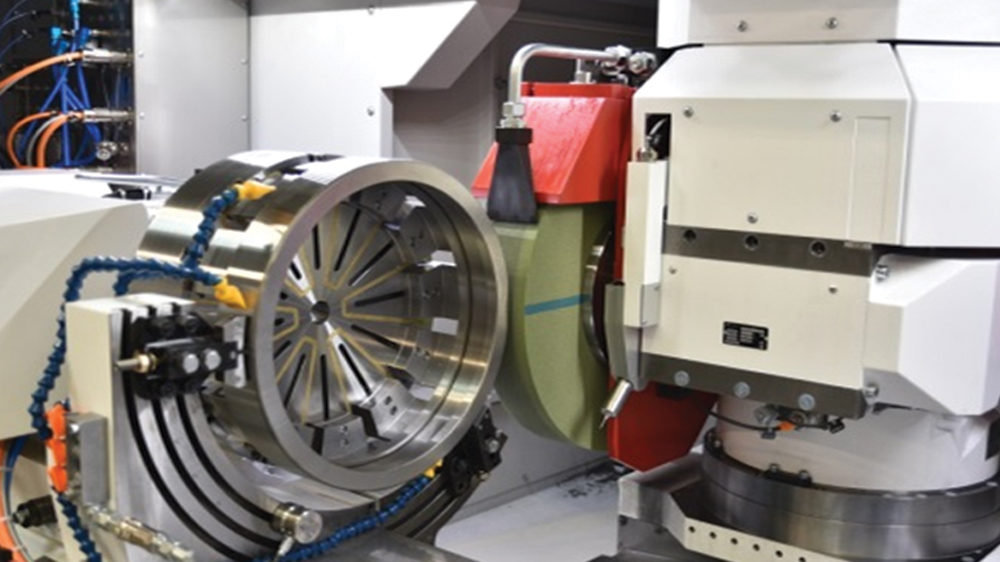
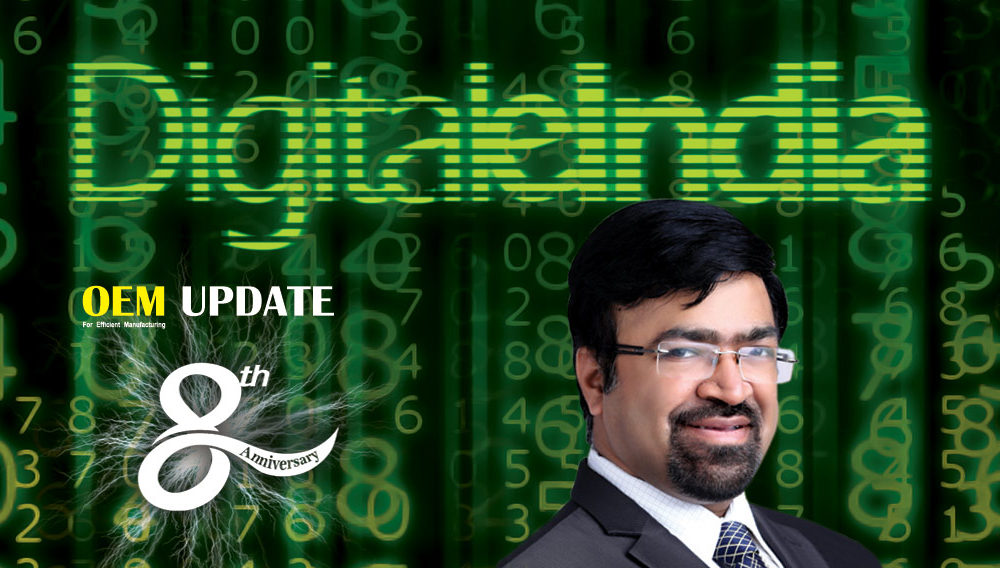
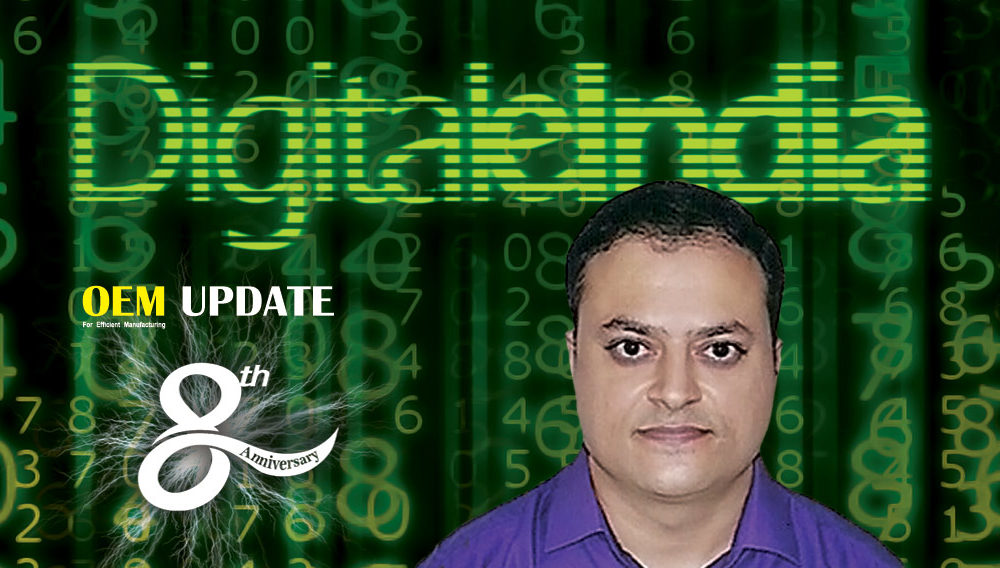
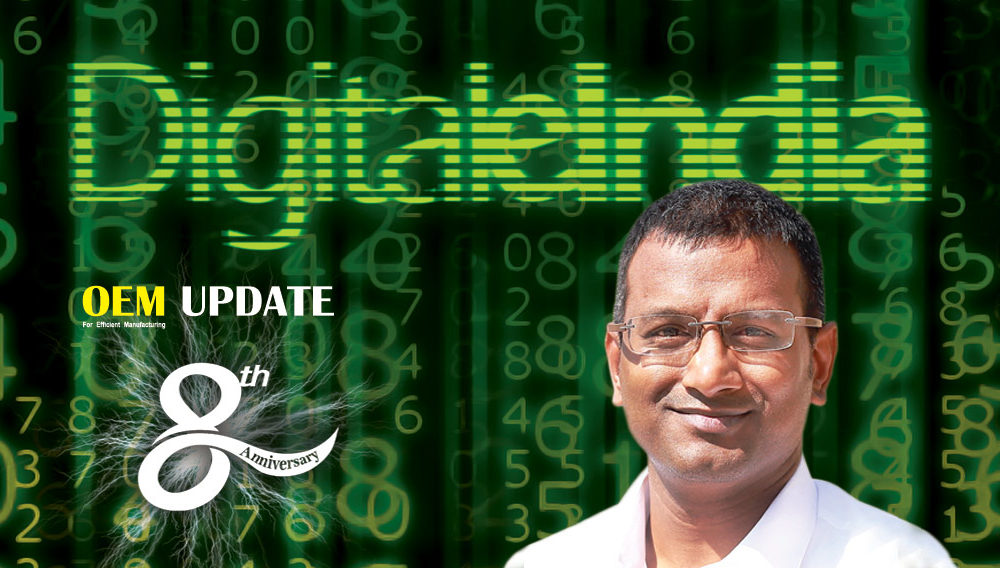

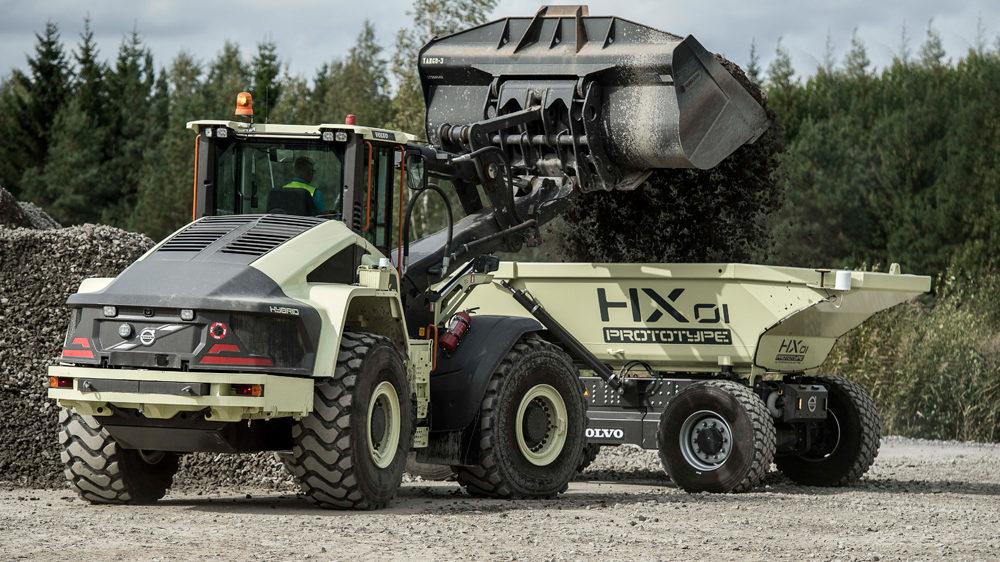
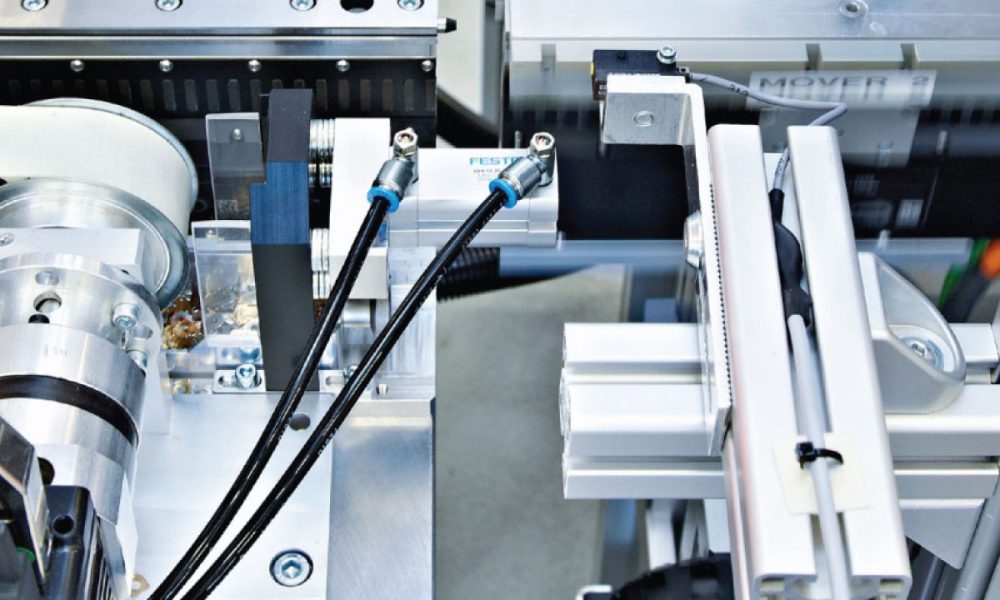






 English
English Hindi
Hindi